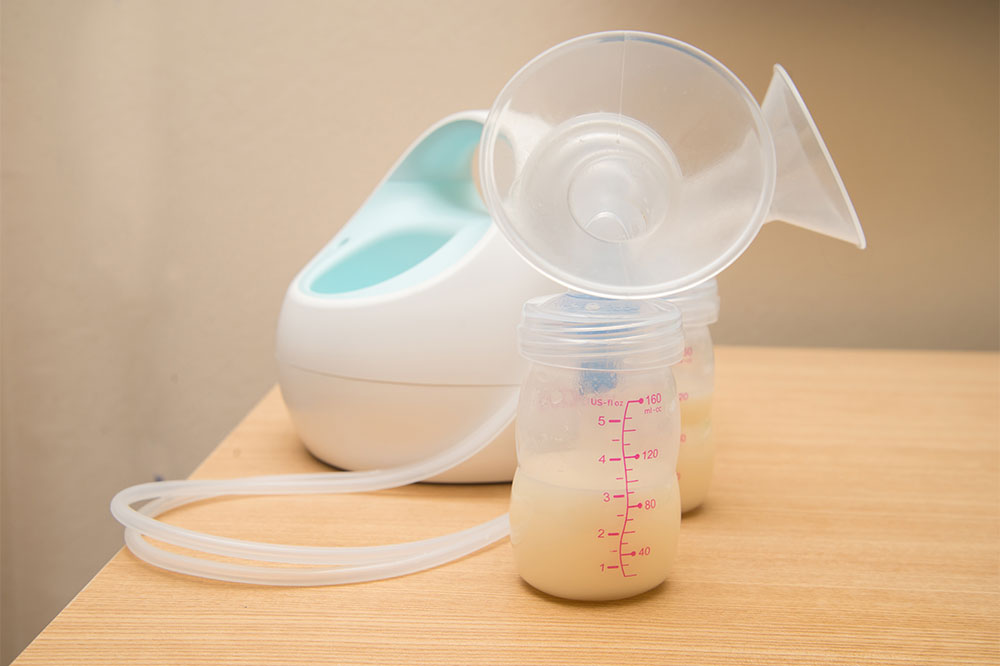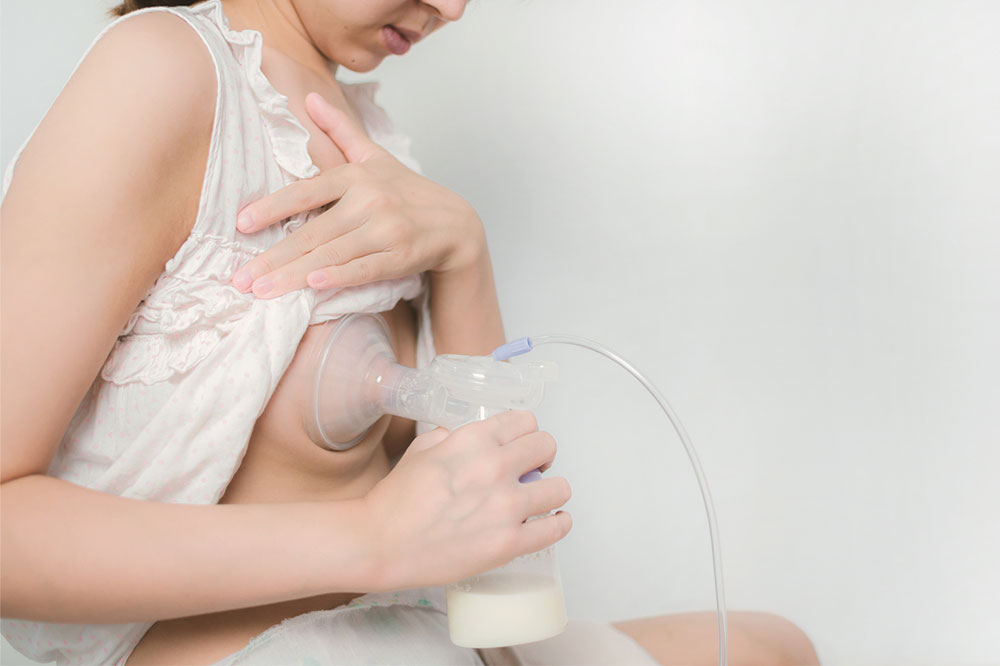Comprehensive Guide to Securing Breast Pumps Through Insurance Coverage
This comprehensive guide helps mothers understand how to obtain breast pumps through insurance coverage. It details the importance of breast pumps, types available, and the step-by-step process for securing coverage, including timing, vendors, and dealing with potential insurance denials. By optimizing insurance benefits, mothers can access essential postpartum devices with reduced costs, supporting successful breastfeeding and maternal health.

Comprehensive Guide to Securing Breast Pumps Through Insurance Coverage
For expectant and new mothers, preparing for motherhood involves understanding and acquiring a range of essential items. Among these, the breast pump stands out as a crucial device that supports postpartum recovery, facilitates milk expression, and enhances the bonding experience between mother and child. While the variety of available breast pump models can be overwhelming, one of the most significant concerns for many women is whether their health insurance plan provides coverage for this device. This extensive guide aims to shed light on how mothers can leverage insurance policies to obtain breast pumps, making postpartum care more accessible and affordable.
Importance of Breast Pumps in Postpartum Care
Many assume that breast pumps are only necessary for working mothers, but in reality, these devices are indispensable for all mothers who choose to breastfeed. Regular use of a breast pump can help maintain and increase milk supply, especially during times when direct breastfeeding might not be possible, such as when returning to work or facing latch difficulties. Additionally, breast pumps facilitate shared feeding responsibilities, improve maternal comfort, and promote a stronger bond between mother and infant. Despite their benefits, breast pumps can be prohibitively expensive without insurance assistance, but numerous health plans now offer coverage that significantly reduces out-of-pocket costs for new mothers.
Understanding Different Types of Breast Pumps
Selecting the appropriate breast pump requires understanding the options available, along with their features and benefits. Costs can vary widely depending on the device’s complexity, features, durability, and portability. Here’s an in-depth look at the most common types of breast pumps:
Manual Breast Pumps
These simple, hand-operated devices are popular for their lightweight design, affordability, and ease of use. They are ideal for occasional pumping or travel purposes. Manual pumps require no power source, making them a reliable option for mothers who need flexibility and portability. While they may require more effort, many mothers find them sufficient for their pumping needs, especially when used in conjunction with breastfeeding.
Battery-Powered Breast Pumps
Battery-operated pumps provide greater mobility as they do not require a direct electrical outlet, making them suitable for busy mothers on the go. They are often compact and lightweight, ideal for use outside of the home, such as at work or during travel. These devices offer a good balance of convenience and power but may have limitations in pumping speed and suction strength compared to electric models.
Single-Electric Breast Pumps
This type allows mothers to pump from one breast at a time, giving them more control over the process. It is a practical choice for mothers who alternate between breastfeeding and pumping or have specific needs that require targeted expression. Single electric pumps tend to be more affordable than double models and are often recommended for occasional or supplementary use.
Double-Electric Breast Pumps
Designed to mimic the natural nursing rhythm, double electric pumps allow simultaneous expression from both breasts, significantly reducing pumping time. They are favored by mothers who need to pump frequently or want to maximize efficiency. While more expensive, these pumps are highly efficient and can help maintain milk supply, especially for working mothers or those with busy schedules. Some users find double pumping to be more comfortable, as it reduces the duration of pumping sessions.
Hospital-Grade Breast Pumps
Considered the gold standard for pumping, hospital-grade devices are powerful, durable, and intended for frequent, rigorous use. They are often prescribed by healthcare providers for mothers with low milk supply, latch issues, or medical needs. These pumps typically require rental and are usually covered by insurance if medically necessary. Their high cost is justified by their efficiency, effectiveness, and ability to handle multiple users in clinical or home settings.
How to Access and Utilize Insurance Coverage for Breast Pumps
The decision to purchase a breast pump is a vital aspect of postpartum care, but the associated costs can be a concern for many families. Fortunately, under current healthcare policies, a significant number of insurance plans are mandated to cover breast pumps, making it easier for mothers to access these devices without financial strain. This section provides essential guidance on how to navigate insurance coverage for breast pumps, from eligibility to the actual purchase process.
Are Breast Pumps Covered by Insurance?
Since the implementation of the Affordable Care Act (ACA) in 2010, most health insurers are required to include coverage for breast pumps as part of comprehensive maternal health services. Coverage typically includes a range of pump types—from manual devices to hospital-grade models—depending on individual healthcare plans and medical necessity. To confirm if your insurer covers the specific device you need, you should contact your insurance provider directly and review your policy details.
Timing for Ordering a Breast Pump
To ensure smooth access and optimal coverage, it is recommended that mothers place their orders during the third trimester of pregnancy. Procuring a breast pump before delivery ensures readiness for postpartum needs and reduces last-minute stress. Waiting until after delivery might introduce delays due to insurance processing or availability issues, so pre-planning is highly advised.
Where to Purchase Covered Breast Pumps
Most insurance providers list in-network suppliers and vendors authorized to process claims for covered devices. These include physical retail stores, online vendors, and medical equipment suppliers. When purchasing, verify with your insurer that the selected vendor is in-network to maximize benefits. Many providers offer online ordering options, simplifying the process for busy mothers, while in-person purchases at specialty stores remain available.
Upgrading Your Breast Pump with Insurance
Some insurance policies allow for device upgrades at additional costs, offering mothers newer or more feature-rich models. When initiating the purchase, inquire about upgrade options, pricing, and coverage details. Usually, the insurer will inform you of permissible upgrade choices, and any additional expenses are clearly outlined. Fully covered basic models often do not require extra payment, but premium models or upgrades may necessitate co-payments or full payment out-of-pocket.
Necessity of a Prescription
Securing a prescription from your healthcare provider, such as your midwife, OB-GYN, or pediatrician, streamlines the insurance approval process. Medical providers typically assess your individual situation—such as latch issues, milk supply concerns, or medical conditions—and recommend the appropriate pump. The prescription ensures clarity and expedites claims processing, reducing delays from insurance companies.
What to Do If Coverage Is Denied
If your insurance plan, despite compliance with ACA mandates, denies coverage for a breast pump, you have options to appeal the decision. Filing an appeal involves submitting supporting documents, including your prescription, proof of medical necessity, and correspondence with your insurer. Additionally, reviewing your policy details and consulting with insurance representatives or legal advisors can help clarify your rights. Be aware that policies predating the ACA might not include coverage, limiting available options for that period.





